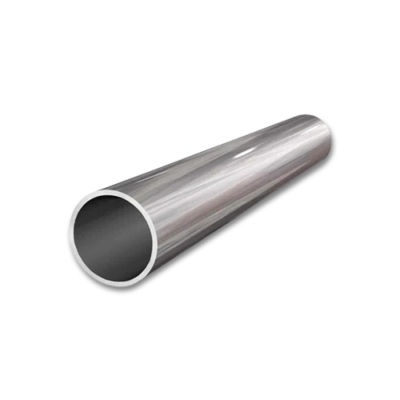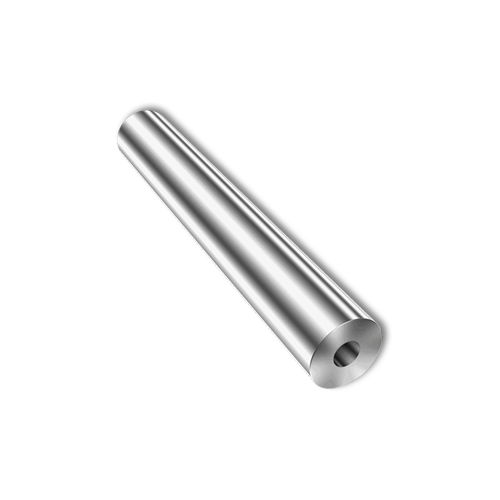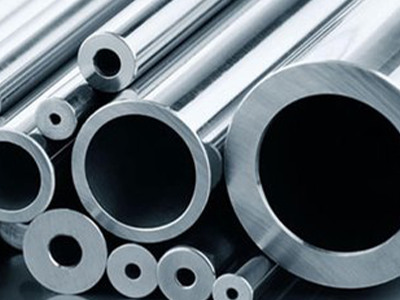Hollow bars have emerged as a pivotal component in modern engineering and construction, offering a versatile and efficient alternative to solid bars. This blog will delve into the specifics of hollow bars, including their types, applications, and benefits, highlighting the unique properties of stainless steel hollow bars and GI hollow bars
What are Hollow Bars?
The hollow bars, also named seamless mechanical tubing, are the true flat tube that tends to be referred to as a void in the sort of cylindrical metal tubes along its length. Generally speaking, hollow bars have an outside diameter defined and pipes have an inside diameter defined. Therefore, the complete unit’s charge of this product is much more detailed in dimension to match specific applications. These bars have a smooth surface and are precisely designed in dimension, enhancing their mechanical properties and dynamic properties
Types of Hollow Bars
Hollow bars come in various materials, each suited to specific applications due to their unique properties
- Stainless Steel Hollow Bars :
Stainless steel hollow bars are used for applications where rust and degradation are a concern, such as chemical processing plants or in marine environments. Best known for their high tensile strength and sturdiness, stainless hollow bars offer good holding strength too, as they provide a very sleek look. - GI Hollow Bars :
GI Hollow Bars are steel bars that have been coated with a layer of zinc to prevent rusting. Since they are particularly employed outside or in rough environments where they have to resist all kinds of elements, they are often used in construction for various forms of structural applications, primarily as building materials for studs in walls and for built-up beams
.


Benefits of Using Hollow Bars
Hollow bars offer several advantages over solid bars, making them a preferred choice in various industries :
- Lower Weight :
Hollow bars have a unique structure, with a hollow center that aids in reducing their weight. This decrease not only makes the bars easier to deal with while producing and setting up but likewise makes a lighter general structure. This is especially beneficial in industries like automotive or aerospace, where reduced weight can lead to better fuel economy, greater payload capacity, and improved performance metrics. The weight savings these hollow bars can provide allow engineers to design equipment that is faster and more energy-efficient while still retaining the strength of solid steel. - Material Efficiency :
By using hollow bars in construction and manufacturing, material usage can be significantly reduced. The strength of these bars is the same as that provided by heavier counterparts, and because they use less metal, it reduces both environmental impact and the cost of raw materials. The benefits of hollow bars go beyond cost-effective manufacturing to reduce waste in the use of materials, which adds up nicely to the global-scale effort at reducing environmental impact. - More Strength :
Hollow bars provide similar strength and stiffness to solid bars of the same weight but at half the weight. This increased strength comes from the way material is distributed around a central void, which maximizes the bar’s moment of inertia. In a hollow structure, the material is used more efficiently in that it has been distributed to where bending and torsion stresses can be readapted, which makes them suitable for structures with high structural requirements (i.e., loads) like load-bearing frameworks in building construction or crucial parts in mechanical systems. - Versatility in Applications :
Hollow bars are used for multiple applications across various fields because they are so adaptable. This is the reason why these bars are efficiently used in manufacturing hydraulic cylinders and bushings since they can easily withstand dynamic forces as well as wear. The special form of distinctive design elements in buildings also makes them versatile
.
Practical Applications of Hollow Bars
Hollow bars are employed across a variety of industries due to their unique properties of strength and lightness. In engineering and construction, they are integral as structural components in buildings, bridges, and other infrastructures, and are also utilized in the manufacturing of mechanical parts such as shafts and gears. The automotive industry leverages hollow bars in the production of components like drive shafts and suspension systems, which require both high strength and low weight to enhance performance and fuel efficiency. In the oil and gas sector, these bars are critical for the construction of drilling rigs and other components that demand precision and robustness under extreme conditions. Similarly, the aerospace industry relies on hollow bars for manufacturing airframe structures and other vital components, where reducing weight is essential for improving fuel efficiency and overall performance


Conclusion
Hollow bars represent a crucial advancement in material science, offering a blend of strength, efficiency, and versatility that is unmatched by solid bars. Whether it’s stainless steel or GI, each type of hollow bar brings its unique benefits to the table, making them indispensable in both traditional and innovative applications. Alloyed Sustainables continues to lead the way in supplying high-quality hollow bars, tailored to meet the evolving needs of industries worldwide. For more information or to discuss your specific needs, reach out to us today
You can Contact Alloyed Sustainables today at sales@alloyedsustainable.com to explore more about our Hollow Bars and how we can help you to implement them in your systems.

